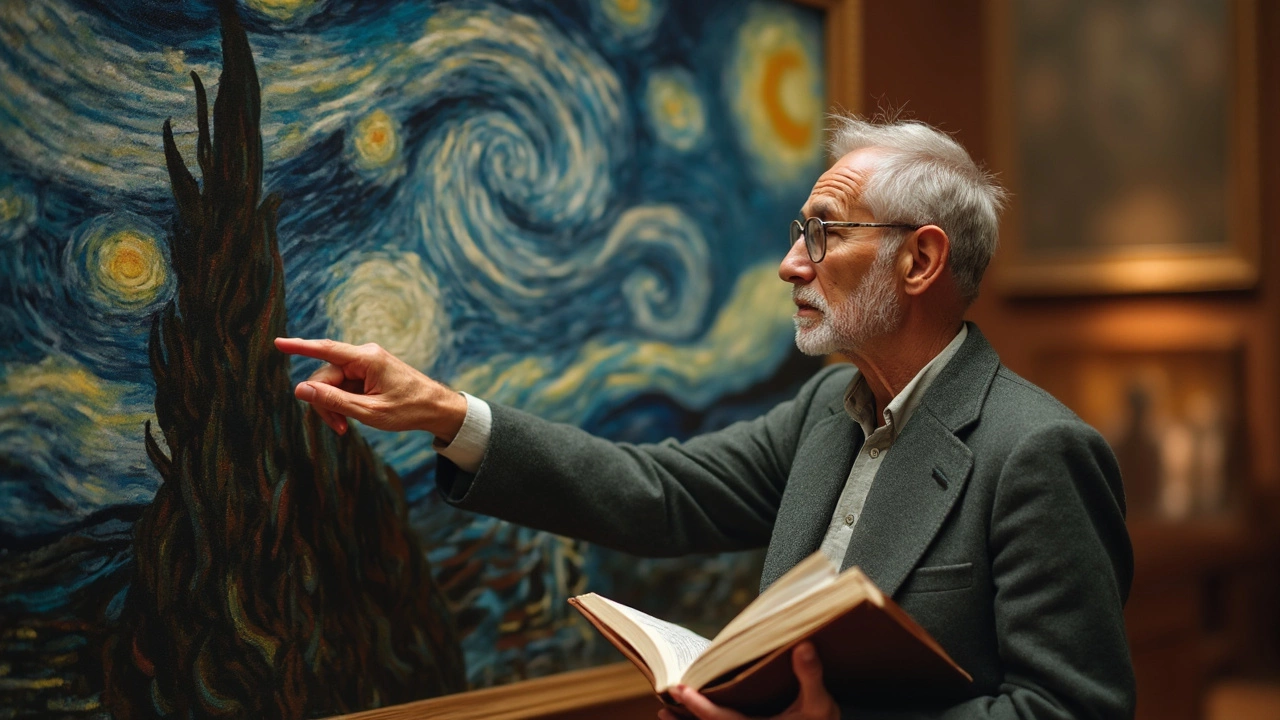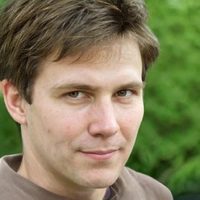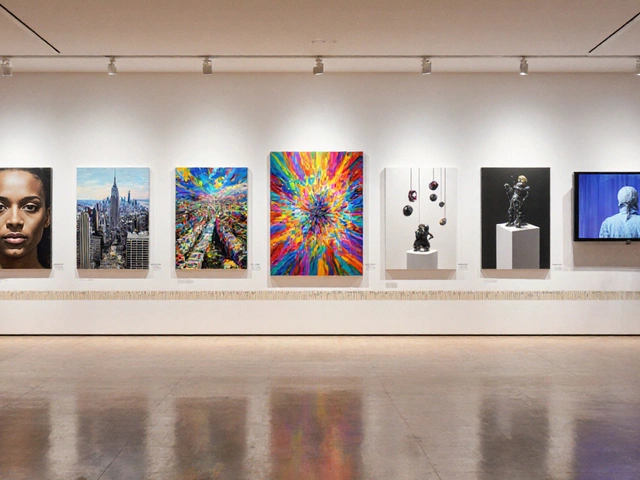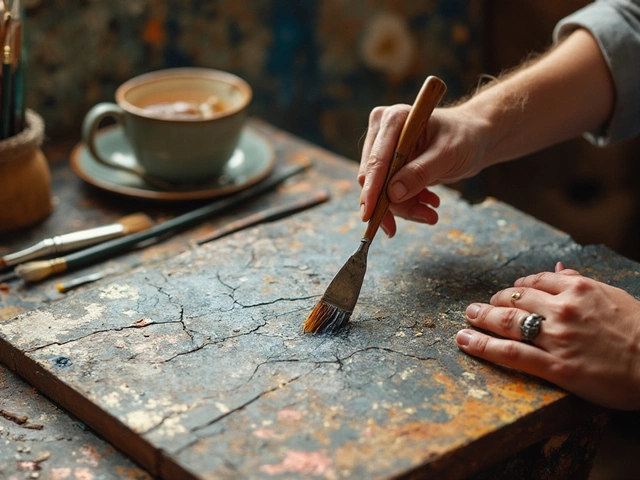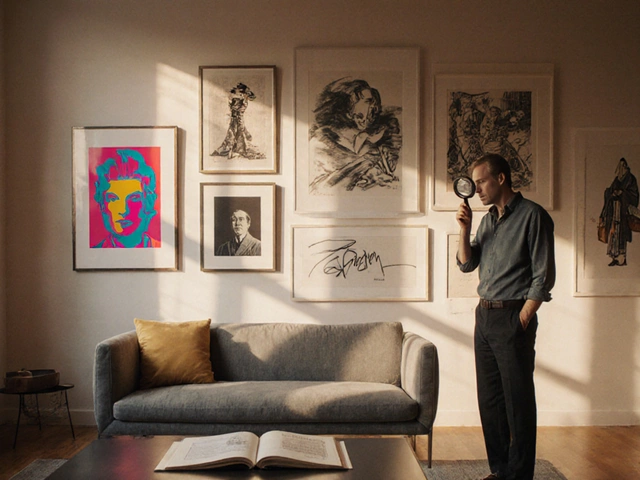Nothing divides people like art, and nothing gets people arguing harder than the question: was Vincent van Gogh abstract? You’ll see his Sunflowers on fridge magnets and mugs, swirling like a fever dream—but is that really abstraction, or something else entirely? People throw the term 'abstract' around every time a painting doesn’t look like a selfie, but there’s a lot more to it if you stick your nose into van Gogh’s wild, color-jammed canvases. We’ve all heard about his ear, his madness, his uncontrollable urge to paint—sometimes even eating his paints according to his own letters. But nobody ever just asks, did van Gogh see the world as shapes and colors, or did he try to capture what was actually there?
What is Abstract Art—And Where Does van Gogh Fit?
Straight up: Abstract art, in the official paint-splattered dictionary, means art that moves away from direct representation of reality. Think of it as art’s way of ditching outlines and perspective for raw shapes, forms, colors, and emotional punch. Wassily Kandinsky, Piet Mondrian—those guys were straight-up riding the abstract train in the 20th century. Van Gogh died in 1890. So there’s a time gap, and it matters.
Look closely at Starry Night or Irises. Yes, the landscape swirls, and the brushstrokes are wild and thick—like he’s buttering toast instead of painting. But if you squint or even stand across the room, you still know it’s a night sky, cypresses, or a bunch of flowers. Have you ever stood in front of The Starry Night at MoMA? It’s intense, the kind of painting you want to fall into. But every element—moon, stars, swirling wind—anchors itself in something real.
So why do people slap the 'abstract' label on him? Partly it’s those signature brushstrokes that look like they’re on the verge of chaos. Van Gogh wasn’t going for perfect realism. He was obsessed with expressing what something felt like, not just what it looked like. His letters, which are still absolutely gripping to read, talk about wanting color to express emotion, as in his famous line: 'Instead of trying to render exactly what I have before my eyes, I use color more arbitrarily so as to express myself more forcefully.' That’s emotional, but it’s not abstraction—at least not in the strict sense.
The common confusion comes because van Gogh’s paintings break the 'rules' of classical art—light, color, and perspective—but they don’t break away from reality. If you compare his work with actual abstract painters, you’ll notice that van Gogh never chucked reality out the window. Kandinsky’s compositions might remind you of jazz solos, but van Gogh always hummed back to a melody you could recognize.
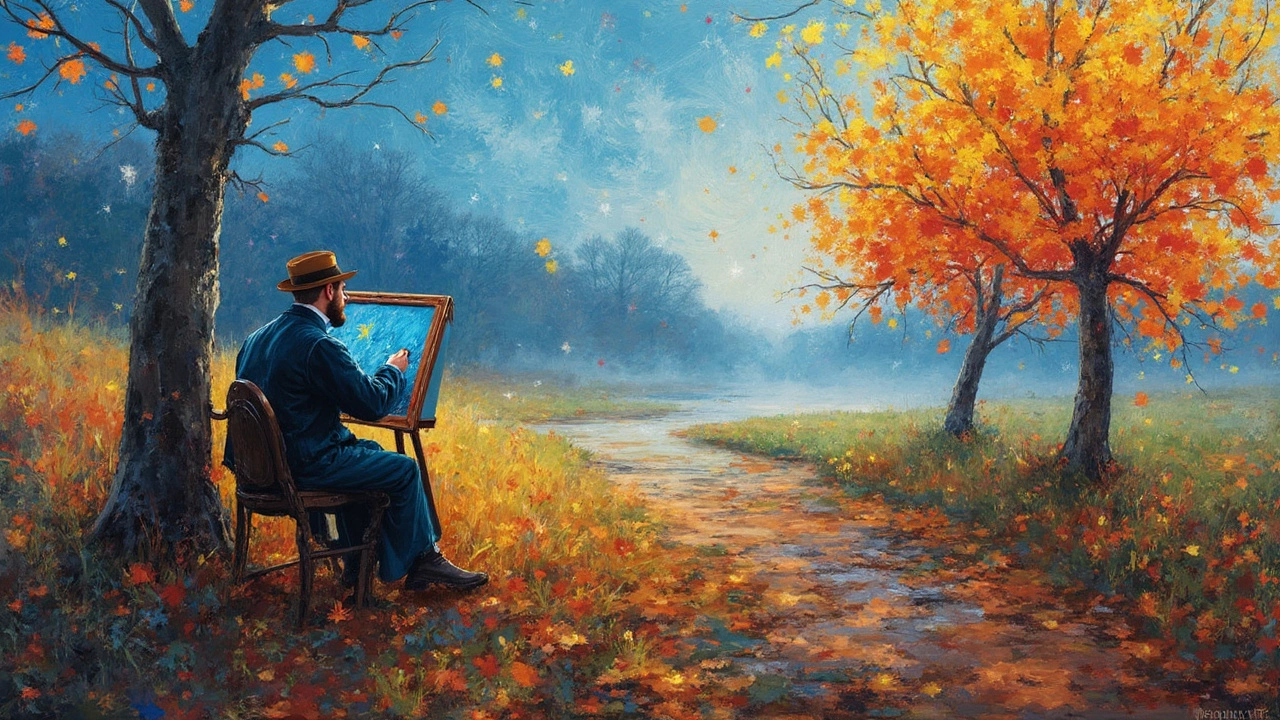
The Power of Color and Brushstroke: Emotional Reality vs. Pure Abstraction
Now, here’s where things get spicy. Color was van Gogh’s powerhouse, his magic trick. Instead of mixing muddy shadows, he’d whack on pure yellow against a pure blue, or toss something orange across something green. When he painted his own shoes (and he did, more than once), the laces looked like fireworks. You have to think about what he was competing against. In the 1880s, most painters were still addicted to browns and soft shadows. Van Gogh must have looked like he was painting under a strobe light—totally shocking.
I remember watching a documentary with Althea (my spouse, who’s always been obsessed with colors), and we paused on van Gogh’s Wheatfield with Crows. Each brushstroke was sculpted ice cream, chunky and the opposite of smooth. But still, it was—unmistakably—a wheatfield. Even the crows were clumsy, yet there.
He never left nature behind, even when every color screamed louder than the scene itself. Take Café Terrace at Night. Walk into any reproduction. You immediately feel the possible stories. The blue night, the hammering yellow of the lanterns, the red of the café. It’s recognizable, but supercharged. Now compare it to, say, a Mark Rothko piece. Rothko doesn’t care whether you see a café or not.
That’s the difference: Van Gogh used wild, almost abstract color and brushwork to capture an emotional, inner reality inside a framework that you could still point at and say, 'That’s a tree, that’s a sky.' He described it best: he wanted to paint not what he saw, but what he felt about what he saw.
If you’re trying to tiptoe into abstraction, van Gogh is like that exciting middle ground. French painters he admired, like the Impressionists Monet and Pissarro, inched toward capturing the play of light and color, but van Gogh supercharged that—and yet, he stopped short of stepping into pure abstraction.
Here's a little tip for seeing the difference: Next time you see a van Gogh in a gallery (or even at home on a high-res screen), slightly blur your eyes or look at it from a distance. You’ll always see the original subject hiding under those rollercoaster-like colors and lines.
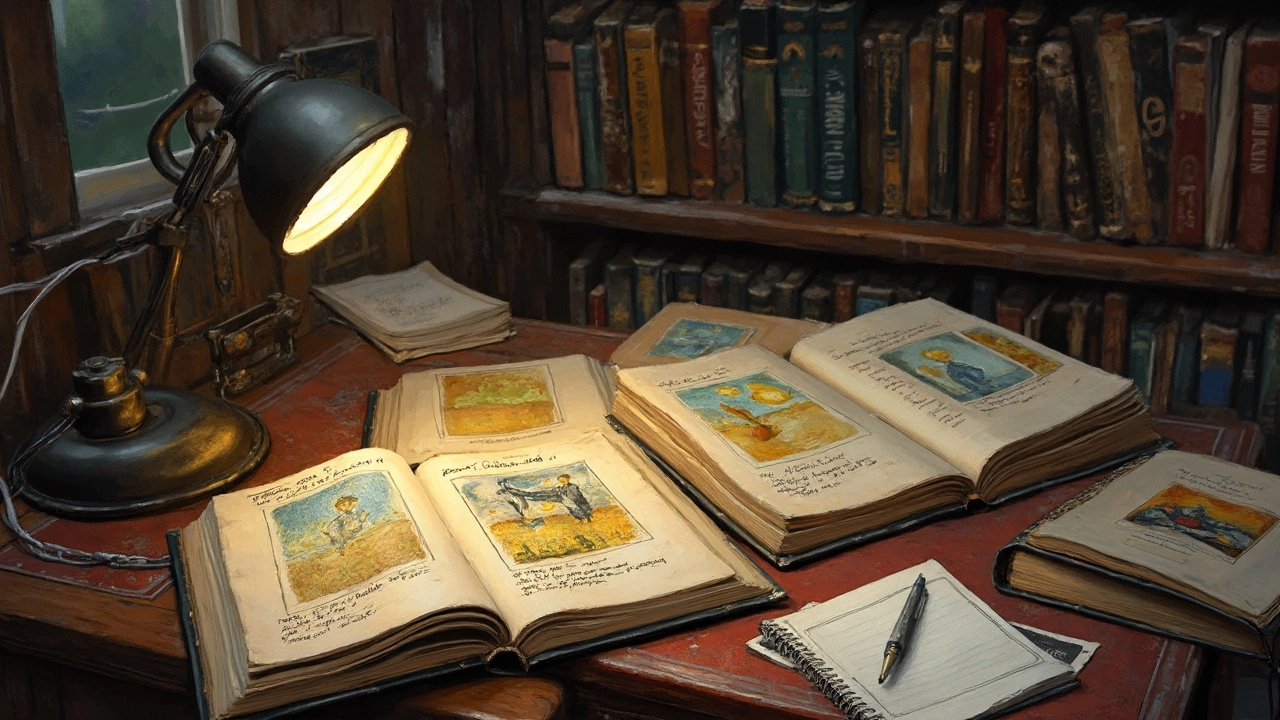
Legacy and Influence: How van Gogh Paved the Way for Abstraction
So did van Gogh open the door for abstraction? Not just open it—he practically cracked it off the hinges. Artists like Kandinsky chewed over his bright color theory, writing about how emotion leaks out through color. German Expressionists copied him almost brushstroke for brushstroke. The Post-Impressionists (think Gauguin, who painted side by side with van Gogh and then, famously, left him) wanted to take van Gogh’s formula and push it further—often right into the abstract.
What really sticks out is that van Gogh managed to get lost in his own paintings without losing the world entirely. He could swing wide with paint, pouring in loneliness or hope or exhaustion, yet you always found yourself back on real ground. The painter Francis Bacon even called van Gogh’s paintings 'realer than real,' pointing out that emotional intensity can sometimes eclipse boring old realism.
Van Gogh’s life, sadly, was even more tangled and wild than his artwork. He sold one painting in his lifetime, went hungry, and wrote hundreds of letters. Even today, you cannot escape his legend—auctions keep breaking records for his pieces, and pop culture keeps trying to tell his story. But abstract? Van Gogh wasn’t chasing pure form or color for its own sake. He wanted to reach people, to squeeze every drop of meaning from paint, but always anchored to something true.
If you care about understanding art—or want to impress someone special on a museum date—remember: van Gogh walked right up to abstraction’s doorstep but always rang the bell without moving in. He made the world feel electric, paint look alive, but kept his eye on the horizon rather than vanishing into the abstract clouds. Next time you spot one of his twisted almond trees or sketched-out faces, keep your eyes peeled for that balance: wild emotion, solid reality. That’s the real van Gogh magic.
